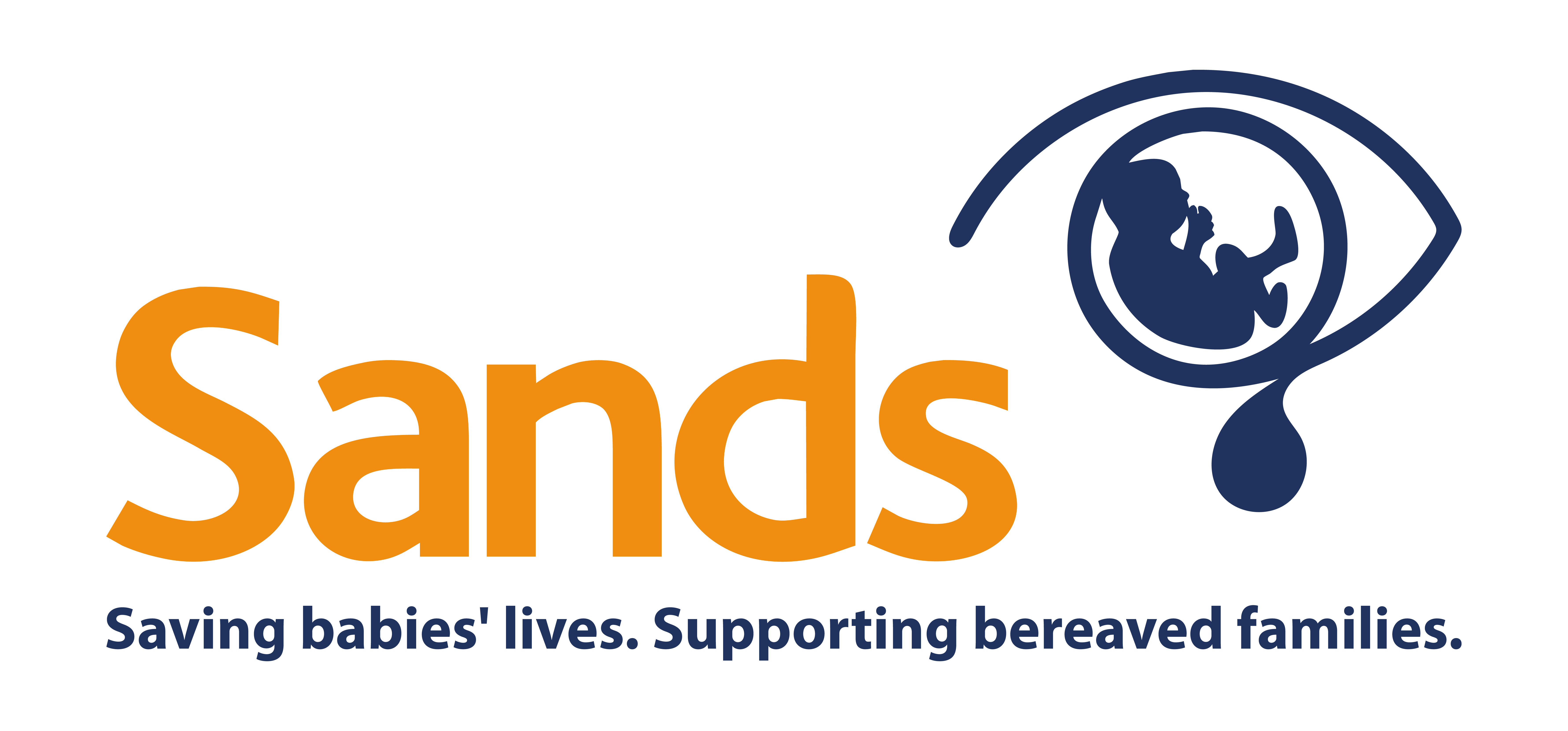In a new report, Sands and the ‘Smoking in Pregnancy Challenge Group’ has called for the government to take action to tackle the number of women who smoke during pregnancy.
Such action has the potential to prevent harm to hundreds of babies every year.
The report comes in the wake of new government data on smoking in pregnancy [1].
It calls for action by the government to reduce the rates of women who smoke during pregnancy, as they are failing to meet their target. Meeting that target, would mean preventing over 2,000 premature or low-weight babies in the next 4 years.
Overall smoking rates for 2017 are at all-time low of 14.9%, down from 19.3% just five years ago. This brings the estimated number of smokers in England in 2017 to 6.1 million, 1.6 million fewer than in 2011 [1]
But smoking rates among pregnant women in the UK have remained the same over the past 3 years, at 11%.
Sands' Chief Executive, Dr Clea Harmer, attended a Parliamentary Launch of the Group’s new report [2] at Westminster, said: “Action is urgently needed to address the fact that smoking rates among pregnant women are not improving.
“Smoking increases the likelihood of a baby being born prematurely, so he or she will have health and development problems in childhood and later life, so it’s of utmost importance that the government takes action now to do everything they can to help and support pregnant women to quit smoking.”
The lack of progress in reducing smoking rates among pregnant women is alarming, as is the growing gap in smoking rates between rich and poor.
The Challenge Group’s report [3] has set out its recommendations for ensuring that the government target is met, of reducing smoking in pregnancy to 6% or less by 2022.
To enable this to happen the right support should be integrated into NHS care which is something all smokers would benefit from.
The new analysis [4] estimates the positive impact of achieving the government’s ambition. It estimates that in 2022 this would mean that around 30,000 fewer women would be smoking in pregnancy. This would lead to:
- 45-73 fewer babies stillborn
- 11-25 fewer neonatal deaths
- 7-11 fewer sudden infant deaths
- 482-796 fewer preterm babies and
- 1,455-2,407 fewer babies born at a low birth weight
It will only be possible to avoid these tragic and unacceptable outcomes if the numbers of women who smoke during pregnancy are reduced.
The Challenge Group has made a number of recommendations including:
- National action to ensure that all areas have services and processes in place to identify, refer and support pregnant women who smoke to quit
- Increase support for women from disadvantaged backgrounds where smoking in pregnancy rates are highest. This should include greater use of incentive schemes, supporting women between pregnancies and providing support to fathers and other members of the household.
- Increase the use of alternative sources of nicotine to support pregnant women in their quit attempts. Health professionals and women often hold misconceptions about using Nicotine Replacement Therapy and e-cigarettes as part of attempts to quit
- Address gaps in training for midwives, obstetricians and health visitors. Stopping smoking is part of ensuring a safe pregnancy and should be a basic part of training.
The Group was established in 2012 in response to a challenge from the then public health minister, to produce recommendations on how the smoking in pregnancy ambition contained in the government’s tobacco strategy could be realised.
The Group which is led by The Lullaby Trust with funding from Sands, Tommy’s, Tamba and ASH has published resources to support the training of midwives and other health professionals to address smoking in pregnancy which can be found here
References
[1] Annual Smoking at Time of Delivery data has been published by NHS Digital. It provides an annual figure for the rate of smoking in pregnancy for 2017/18. Data to Q3 for 2017/18 has already been published here
[2] Smoking in Pregnancy Challenge Group, A Review of the Challenge, 2018. The full report is here
[3] Department of Health, Towards a Smokefree Generation; Tobacco Control Plan for England, 2017. The policy paper is here
[4] The Lullaby Trust has undertaken this analysis on behalf of the Challenge Group with funding from Sands, Tommy’s, Tamba and ASH. The full analysis and methodology is here
